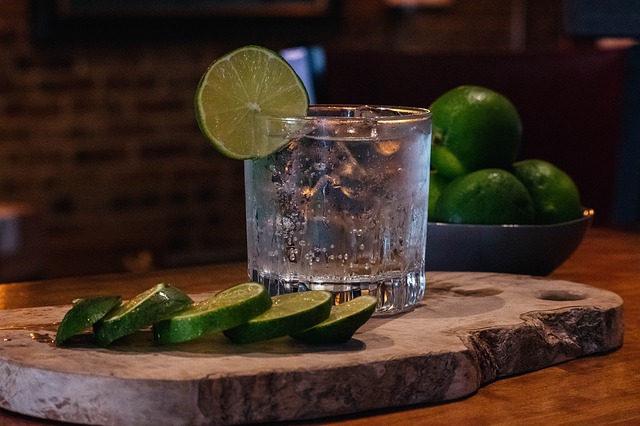Crazy for Gin
Gin is a simple spirit flavored with a variety of botanicals but predominantly flavored by juniper berries. Despite a simple start in Middle Ages Gin has evolved from herbal medicine to commercial production in the spirits industry. Though Gin has a long & turbulent history it beholds a vibrant present & future.
Gin became popular with the British, Scottish, Irish & Dutch thrones which made it a popular spirit during those hay days. Nevertheless, Gin holds one of the broadest categories in spirits represented by products of various origins, styles & flavors revolving around juniper as a common ingredient.
Historic Importance of Gin
Although Gin is seen as a traditional spirit of England, origin of this spirit is much from over the sea. Juniper berries have been used for flavoring spirits since invention of distillation, both for medicinal qualities and for flavor.
However, beginnings of modern Gin started to appear since the 17th century. Genever was a Dutch-styled Gin which appeared in the early mid-1600s. But the Gin story hopped over the English Channel to become well known in England in 1688. Thereby, locally produced Gin was cheap to make due to low taxation and therefore popularity of this spirit simply exploded.
Crazy for Gin
Crazy for Gin
Yes, this was the time for Gin craze when almost half of drinking establishments in London were Gin shops. However, overconsumption & extreme drunkenness provoked outrage from government & general public began explaining perils of consuming Gin as opposed to joys of drinking beer.
Subsequently, laws were passed that helped in controlling production & drinking of Gin by the 1850s when things calmed down. However, Gin continued to be a popular drink and spread to all parts of the globe with help of the British Empire. However, Gin now is customized to the taste of local consumers and which leads to a wide range of styles, flavors & ingredients right from the historical era to the ultra-modern.
Producing Gin
Production of Gin falls into two main categories, compounding & distilling the spirit. Compounding Gin involves adding flavors which are either natural extracts or botanicals to the neutral spirit. There are several cheaper Gins which are made nowadays using this method.
However, a large range of excellent Gins are also available nowadays within the category which is produced by macerating whole botanicals in order to produce high-quality of the spirit.
